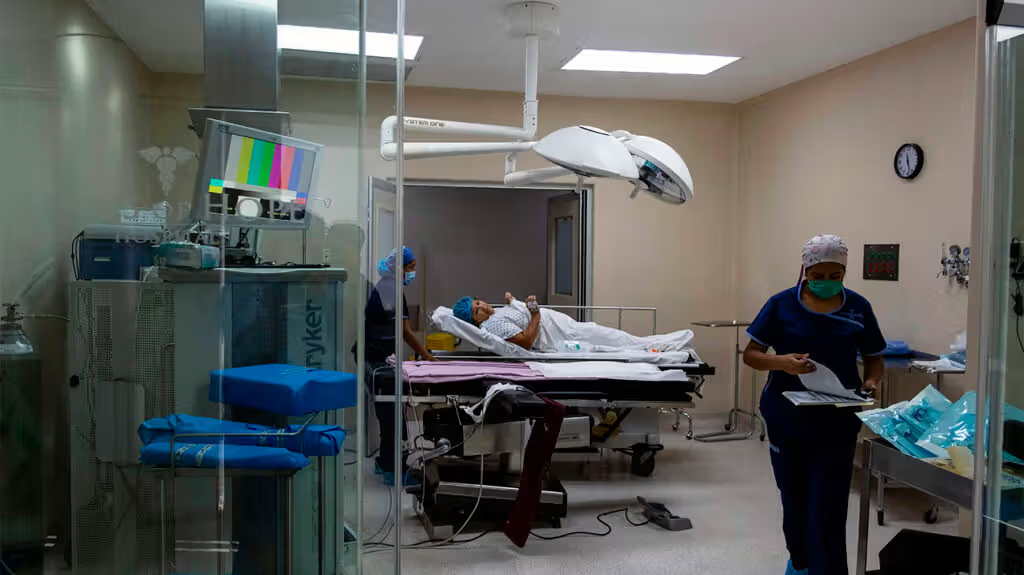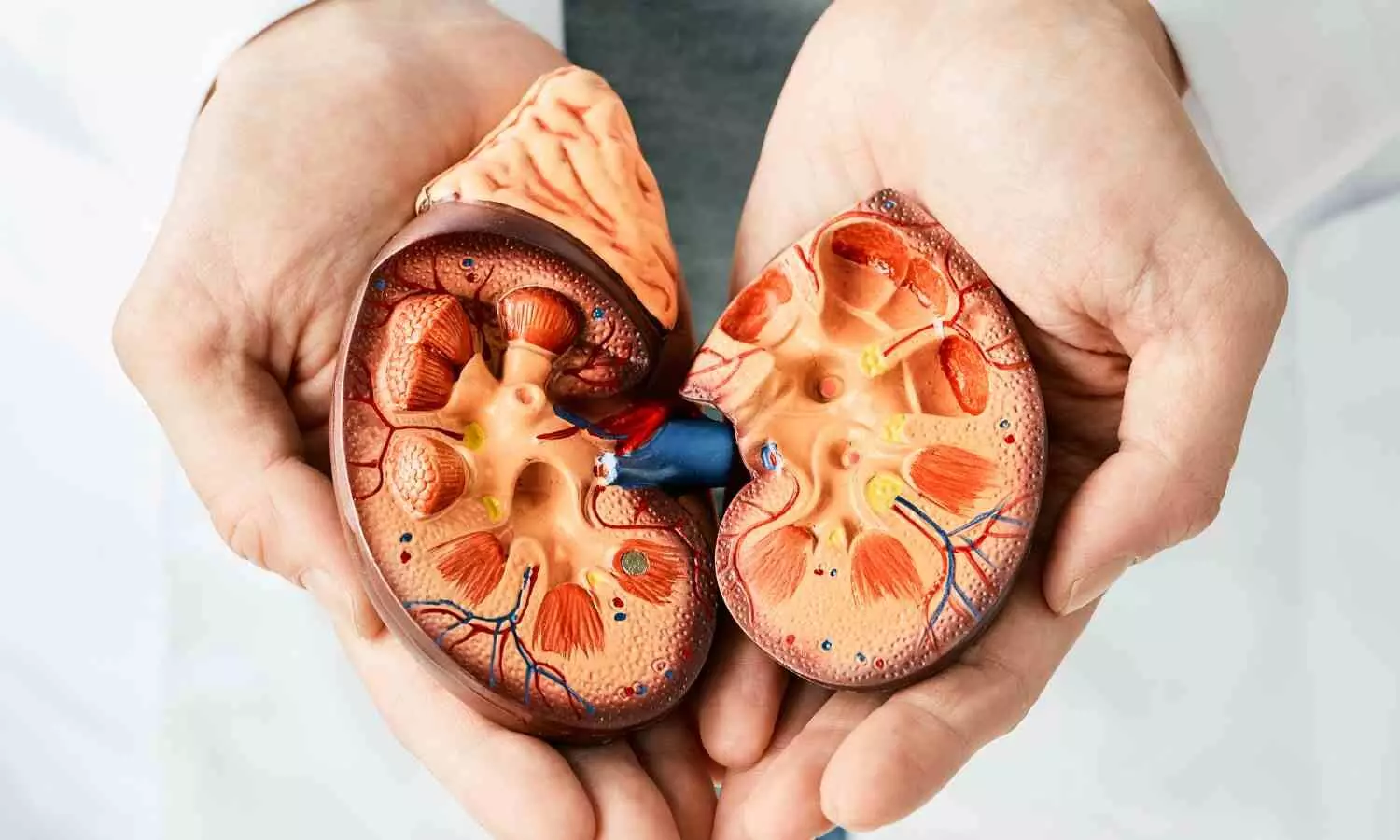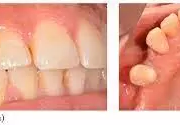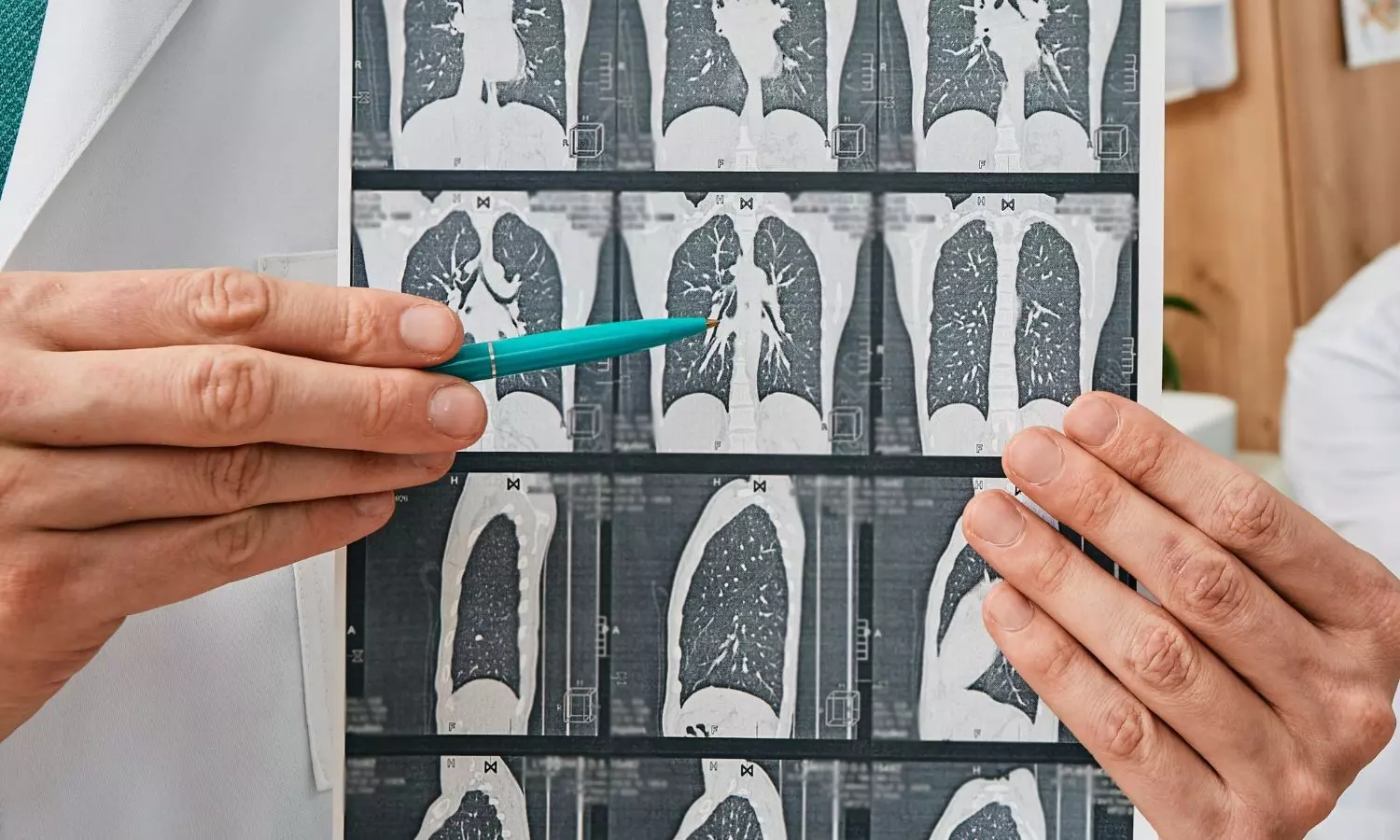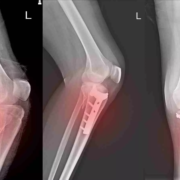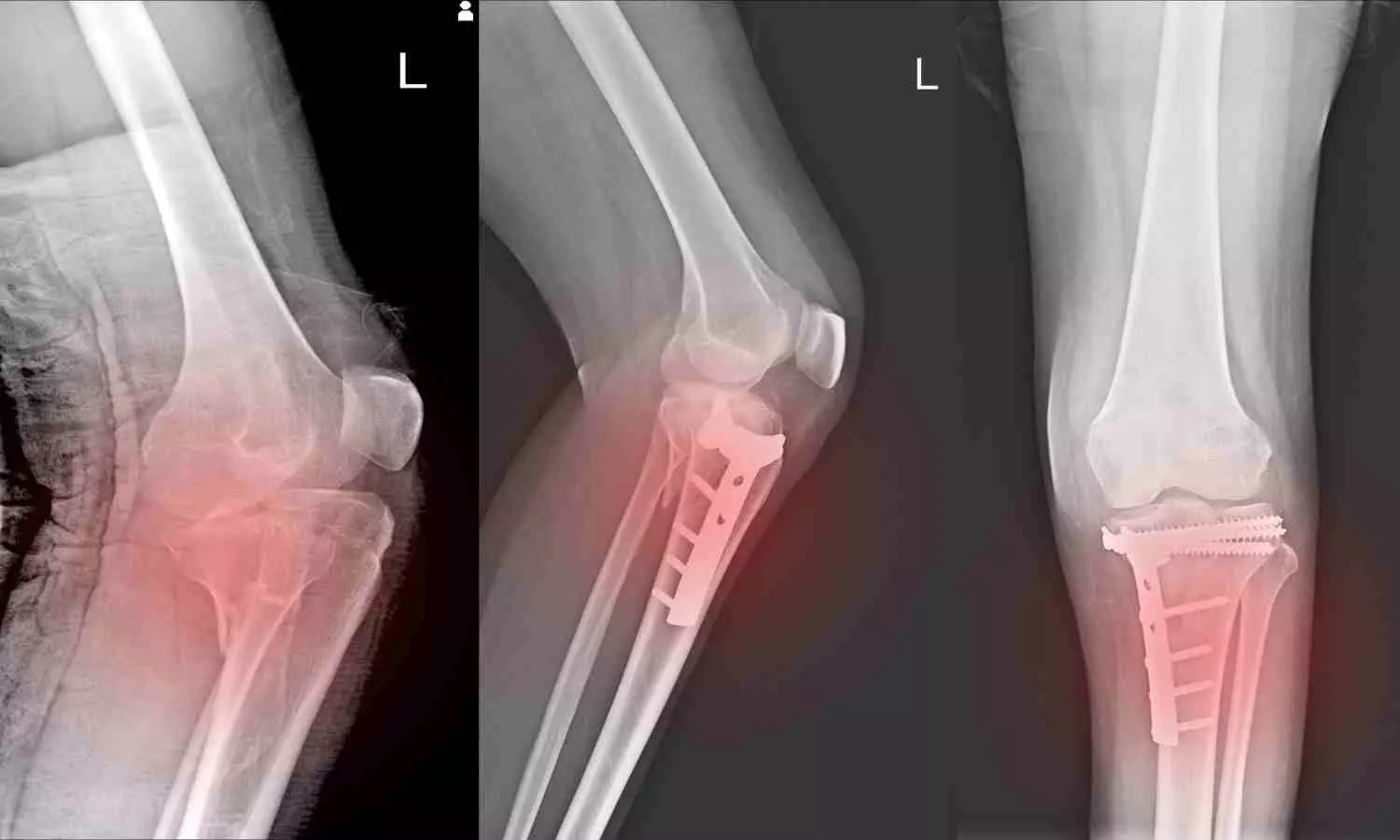Rivaroxaban Plus Aspirin Shows Favorable Benefit-Risk Profile in PAD Patients after revascularization, suggests study

The VOYAGER PAD trial evaluated the efficacy and safety of rivaroxaban plus aspirin compared to aspirin alone in patients with symptomatic peripheral artery disease (PAD) undergoing lower extremity revascularization procedures. Recently, the US Food and Drug Administration requested additional quantitative benefit-risk analyses to inform decision-making.
The researchers have found in a new study that in patients with PAD who had undergone lower‐extremity revascularization receiving antiplatelet therapy, rivaroxaban 2.5 mg twice daily demonstrated a favorable benefit-risk profile compared with placebo. Further the findings were more pronounced with the on‐treatment analysis and generally consistent between unweighted assessment and weighted MCDA analyses.
The study published in the Journal Of The American Heart Association was conducted by Zhong Y. and colleagues.
Peripheral artery disease is a common condition associated with significant morbidity and mortality due to thrombotic vascular events. Antithrombotic therapy, such as rivaroxaban and aspirin, has been studied to reduce the risk of these events in PAD patients undergoing revascularization procedures. However, balancing the benefits and risks of such therapy is crucial for clinical decision-making.
The analysis assessed benefits and risks using rate differences between treatment groups and conducted a multi-criteria decision analysis incorporating health state utility values as weights. Monte Carlo simulations were used to incorporate statistical uncertainties. Intent-to-treat and on-treatment analyses were performed.
The key findings of the study were as follows:
-
Rivaroxaban plus aspirin resulted in 120 fewer events of the primary composite endpoint per 10,000 patient-years compared to aspirin alone.
-
However, rivaroxaban was associated with an excess of 40 Thrombolysis in Myocardial Infarction major bleeding events.
-
When incorporating health state utility values as weights, rivaroxaban therapy showed a utility equivalent of 13.7 and 68.1 fewer deaths per 10,000 patient-years in intent-to-treat and on-treatment analyses, respectively.
-
Monte Carlo simulation indicated probabilities of 64.4% and 98.7% favoring rivaroxaban in terms of benefits outweighing risks.
The analyses from the VOYAGER PAD trial demonstrate a favorable benefit-risk profile of rivaroxaban plus aspirin therapy in patients with symptomatic PAD undergoing lower extremity revascularization procedures. The findings support the use of rivaroxaban as an effective treatment option for reducing thrombotic vascular events in this patient population, with a generally consistent outcome between unweighted and weighted approaches. These results provide valuable insights for clinicians in making informed treatment decisions for PAD patients.
Reference:
Yuan, Z., Levitan, B., Deng, H., Szarek, M., Bauersachs, R. M., Berkowitz, S. D., Haskell, L., Barnathan, E. S., & Bonaca, M. P. (2024). Quantitative benefit–risk evaluation of rivaroxaban in patients after peripheral arterial revascularization: The VOYAGER PAD trial. Journal of the American Heart Association. https://doi.org/10.1161/jaha.123.032782
Powered by WPeMatico




